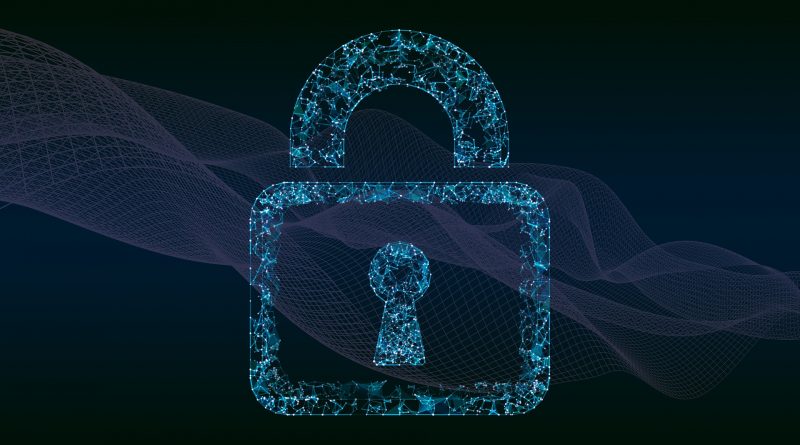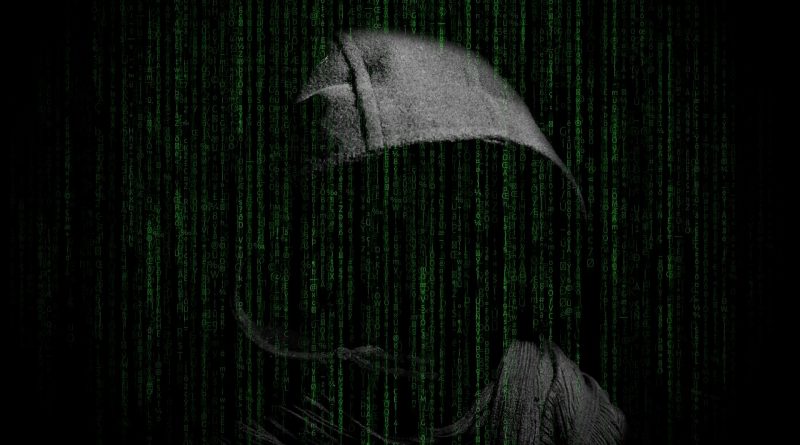Is Fully Homomorphic Encryption now a reality?
We all know the problems with users picking weak passwords, whether it is “PassW0rd123” or “JamesBond007”. We also know that there are lists of passwords which have been obtained from hacks into websites, and from these we can work out what are the most commonly used weak passwords in circulation. Surely there must be a way of checking, when a user chooses a new password for a website, whether the password lies on the known list of common weak passwords? There are two obvious solutions to this problem: Firstly, the browser could maintain the list of weak passwords locally on the user’s computer. This solution however does not scale as the list is huge, and needs to be continually updated. The second solution is for the new password to be sent to a central site and compared against the list of common weak passwords. But this solution then leaks the new (potentially strong) password to the central site doing the checking. Is there a better way?
Read more









